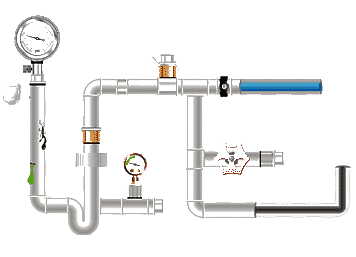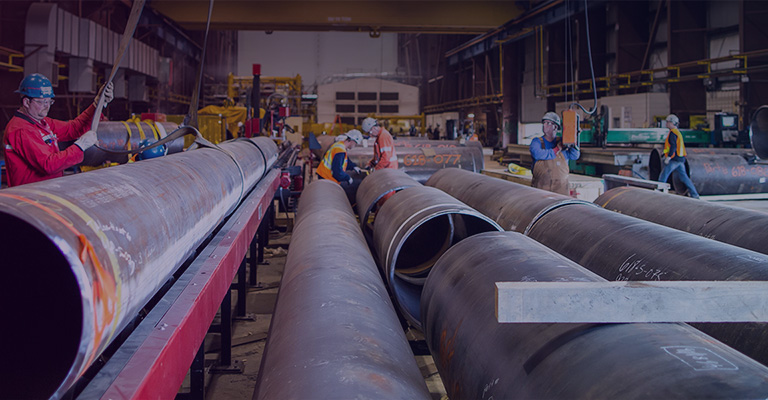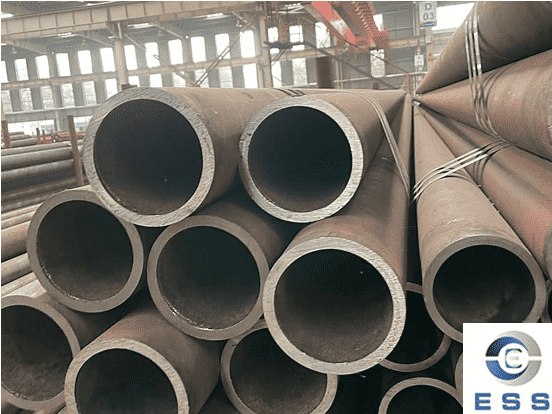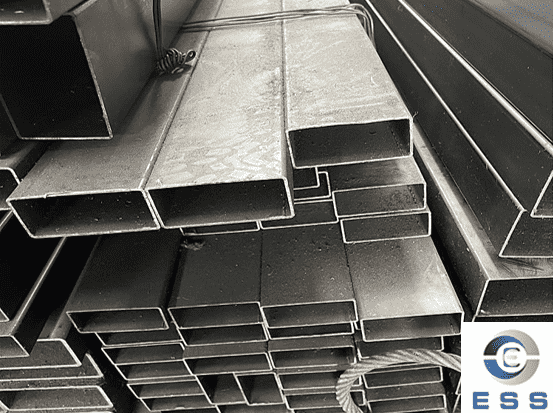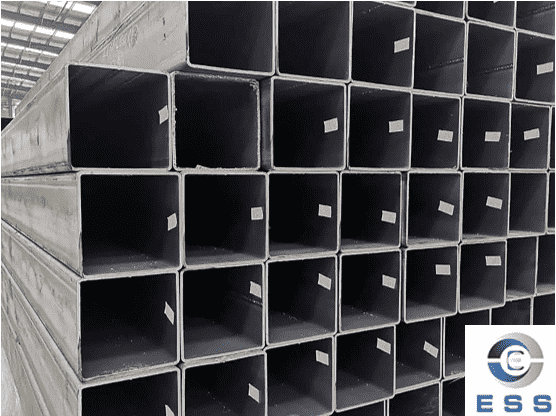Seamless black steel pipe is made up of steel that has not being galvanized. Its name comes from the skin, dark-colored iron oxide coating on its surface. It is used in applications that does not requires galvanized steels.
Black steel pipe's strength makes it ideal for transporting water and gas in rural and urban areas and for conduits that protect electrical wiring and for delivering high pressure steam and air. The oil and petroleum industries use black steel pipe for moving large quantities of oil through remote areas. This is beneficial, since black steel pipe requires very little maintenance. Other uses for black steel pipes include gas distribution inside and outside homes, water wells and sewage systems.
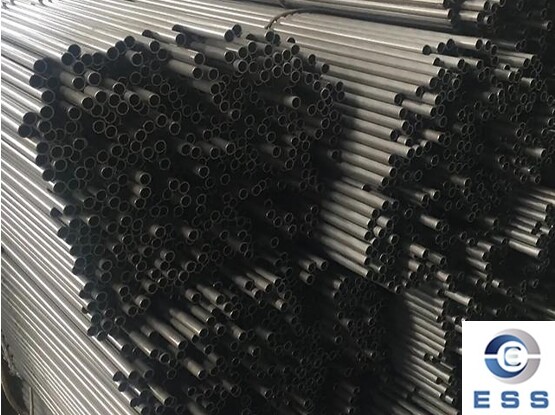
Features of seamless black steel pipe
schedule 40
1. Material
Low-carbon steel (carbon content ≤ 0.25%, such as ASTM A53 Gr.B and Q235B).
2. Wall Thickness
SCH 40 offers a medium wall thickness,
balancing pressure-bearing capacity and cost.
3. Surface Finish
Dark gray/black, retaining the natural
oxide layer after rolling.
4. Dimensional Parameters
Outer diameter and wall thickness (WT)
should be consulted according to specific standards (such as the ANSI B36.10
steel pipe size table). Different pipe diameters correspond to different wall
thicknesses.
5. Applications
Primarily used for conveying fluids such as
oil, gas, and water, meeting certain pressure-bearing and corrosion-resistant
requirements.
Advantages of seamless black steel pipe
schedule 40
1. Cost-Effectiveness
The price of SCH 40 wall thickness is
20%-30% lower than SCH 80 black steel pipe and 40% lower than galvanized pipe.
2. Easy to Process
Mild carbon steel has good ductility and is
easy to cut and weld.
3. Reliable Strength
Meets most low-pressure fluid and
structural requirements.
Specification chart of seamless black steel pipe schedule 40
|
Nominal Bore
|
Outside Diameter
|
Light (A-Class) Thickness Weight
|
Medium (B-Class) Thickness Weight
|
Heavy (C-Class) Thickness Weight
|
|
Inch
|
mm
|
Inch
|
mm
|
mm
|
kg/mtr
|
mm
|
kg/mtr
|
mm
|
kg/mtr
|
|
1/8″
|
3 mm
|
0.406
|
10.32
|
1.8
|
0.361
|
2
|
|
2.65
|
0.493
|
|
1/4″
|
6 mm
|
0.532
|
13.49
|
1.8
|
0.517
|
2.35
|
0.407
|
2.9
|
0.769
|
|
3/8″
|
10 mm
|
0.872
|
17.1
|
1.8
|
0.674
|
2.35
|
0.852
|
2.9
|
1.02
|
|
1/2″
|
15 mm
|
0.844
|
21.43
|
2
|
0.952
|
2.65
|
1.122
|
3.25
|
1.45
|
|
3/4″
|
20 mm
|
1.094
|
27.2
|
2.35
|
1.41
|
2.65
|
1.58
|
3.25
|
1.9
|
|
1″
|
25 mm
|
1.312
|
33.8
|
2.65
|
2.01
|
3.25
|
2.44
|
4.05
|
2.97
|
|
1.1/4″
|
32 mm
|
1.656
|
42.9
|
2.65
|
2.58
|
3.25
|
3.14
|
4.05
|
3.84
|
|
1.1/2″
|
40 mm
|
1.906
|
48.4
|
2.9
|
3.25
|
3.25
|
3.61
|
4.05
|
4.43
|
|
2″
|
50 mm
|
2.375
|
60.3
|
2.9
|
4.11
|
3.65
|
5.1
|
4.47
|
6.17
|
|
2.1/2″
|
65 mm
|
3.004
|
76.2
|
3.25
|
5.84
|
3.65
|
6.61
|
4.47
|
7.9
|
|
3″
|
80 mm
|
3.5
|
88.9
|
3.25
|
6.81
|
4.05
|
8.47
|
4.85
|
10.1
|
|
4″
|
100 mm
|
4.5
|
114.3
|
3.65
|
9.89
|
4.5
|
12.1
|
5.4
|
14.4
|
|
5″
|
125 mm
|
5.5
|
139.7
|
–
|
–
|
4.85
|
16.2
|
5.4
|
17.8
|
|
6″
|
150 mm
|
6.5
|
165.1
|
–
|
–
|
4.85
|
19.2
|
5.4
|
21.2
|
Application of seamless black steel pipe schedule 40
1. Low and middle pressure fluid pipeline
2. Casing Pipe
3. Boiler
Pipe
4. Petroleum and natural gas industry
5. Chemistry industry
6. Electric industry
Usage restrictions of seamless black steel pipe schedule 40
1. Direct Use Prohibited
Drinking water systems (sanitary conditions
not qualified)
Acidic/alkaline media transportation
Coastal or high-humidity outdoor
environments (unprotected, service life less than 3 years)
2. Corrosion Protection Options
Outdoor use: epoxy coal tar coating (extended
service life to 10 years)
Underground installation: 3pe anti-corrosion
coating
Go here if you are looking for " Black Steel Pipe Vs Carbon Steel Pipe "









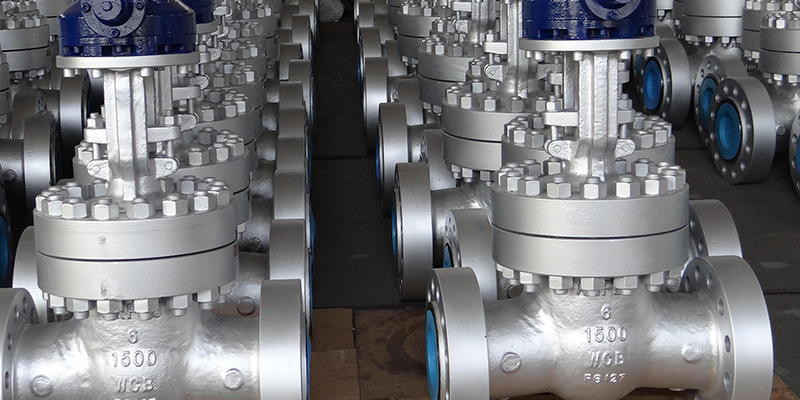
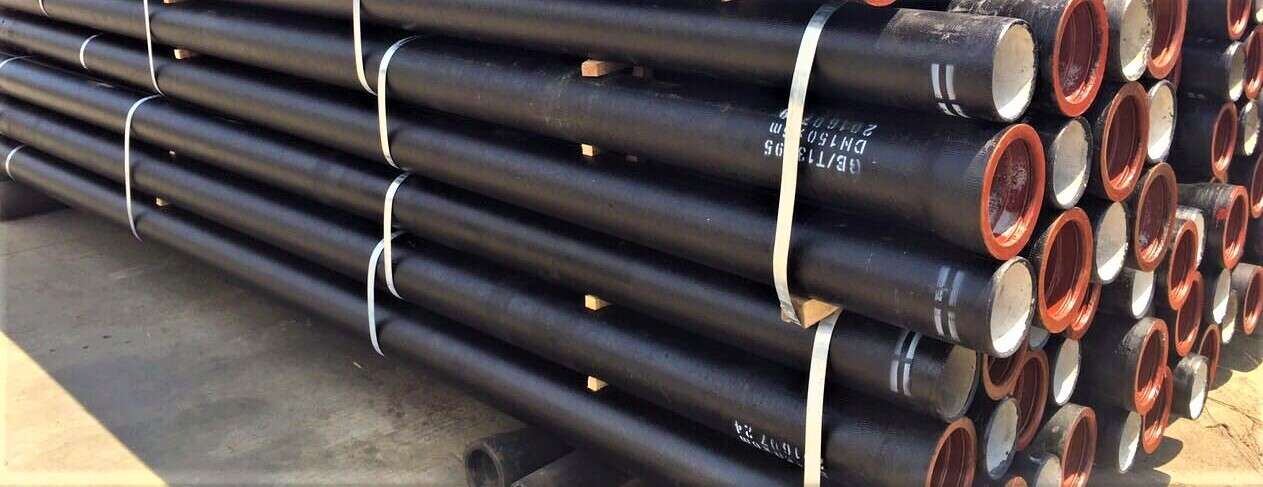


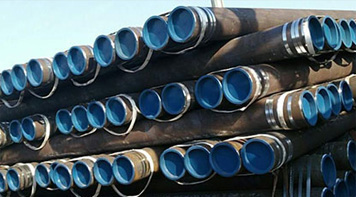 Eastern Steel Manufacturing Co.,Ltd not only improve product production and sales services, but also provide additional value-added services. As long as you need, we can complete your specific needs together.
Eastern Steel Manufacturing Co.,Ltd not only improve product production and sales services, but also provide additional value-added services. As long as you need, we can complete your specific needs together.
